Tackling Non-Stop Destruction, the New Look of Transformium, and All That Red-Hot Robot Action
Industrial Light & Magic’s Pat Tubach brought eighteen years experience as a compositor, compositing supervisor, and co-visual effects supervisor to his role as co-visual effects supervisor for Transformers: Age of Extinction. The film follows on his Oscar and BAFTA nominations in 2014 for his work as a co-visual effects supervisor on Star Trek Into Darkness. In 2008, he won a VES award for Outstanding Compositing for the first Transformers. This year, Tubach was invited to become a new member of the Academy.
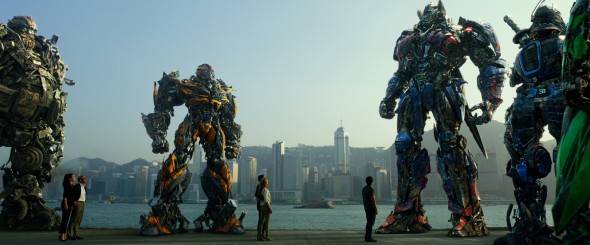
StudioDaily: When did you join the Transformers crew?
Pat Tubach: I came on about when they finished principal photography – in October last year.
Were both Scotts on the film then – Scott Farrar, visual effects supervisor, and Scott Benza, animation supervisor?
Yep. I think having a consistent creative team is one thing that makes these films successful. We develop a shorthand that makes it easier to get through what could potentially be a difficult story to tell when you’re looking at plates that don’t contain the thing that’s supposed to be awe-inspiring. People who have been with Michael Bay before can help speed up that process.
Did you have a “making Transformers” method already in place at ILM?
It was helpful to understand what sorts of shots we’d be dealing with and the look we were after in the end; knowing the sort of plates Michael Bay shoots. Having Scott Benza look at the previs and the plates Michael shot and know how to turn them into exciting animations is the beginning of the process for us. Once we know that, it’s a matter of figuring out how to do the new things. We knew we’d have robots, transformations, spectacular plates, and destruction. In this movie, we added dinobots and the manmade transformations that came out of the KSI labs. Stanley Tucci plays the head of that lab. The basic thread is that since humans discovered the metal Transformium that we learn about in the prologue, they can mold and re-mold it into robots and other objects.
So you had to create different types of transformations?
Some were the traditional car parts to robot parts. But if you blow up these new bad-guy robots made of Transformium, they turn into lots of little parts that spin up and congeal into a robot again. Sort of an unstoppable force. There was a method to the Optimus truck-to-robot transformations. With this new transformation, we had to create particle-based strands that fly into the air and come back as something. The challenge was to make it look physically real.
Was that because you ran out of vehicles to transform?
Never.
Were the new transformations the biggest challenge then?
Creatively, the biggest challenge was that there was a lot of action in this movie that didn’t involve the humans. The movie is about the human characters. But we had a few all-CG sequences where robots conversed with other robots. So we had the challenge of driving the action on the screen and making it believable.
Did you change the faces to help the animators with the lip sync and emotions?
Lockdown [one of the bad robots] has a more humanoid face. We’ve always allowed the Transformers’ faces to be a bit malleable. We don’t want them to clank, clank, clank. That’s why we have all these things on Optimus that spin and move. But on Lockdown, you can recognize a cheekbone structure and other things that help him sell the part. We’re still moving plates around, but there is less of a notion that everything has to be a geometric part.
You changed the nature of the metal in their faces?
In the same way Transformium allows them to mold and re-mold.
Aha. The rationale.
Well, it’s probably my own rationale. I have a whole logic I created. The way I look at it they’re built out of Transformium, so although it emulates the shapes of things we see on earth, it appears to be capable of more than that. So, we could find ways to make them less of a car part and more about creating an emotional face.
What’s the biggest beast in the film?
It isn’t a Transformer. It’s Lockdown’s spaceship. It’s the major, huge asset playing through the film. It has magnetic capability so it pulls up anything from the ground, sifts through what it wants, and then drops the rest down. It sucks up ferryboats from the harbor, cars, motorcycles, bikes, Transformers, and when all that stuff comes down, it crashes everywhere.
So you have major destruction in the film?
The scope of destruction in this film is enormous, ongoing, and continuous. We have a sequence where we have a ferryboat crash down on the road, almost crushing the Autobots, and then we have it crush one of the government buildings in Hong Kong. Lockdown’s spaceship pulls the dinobots and Transformers up and through the building. We’ve done destruction before, but in shorter bursts. This film is extreme. It’s a non-stop ride of massive destruction.
Do these shots all still start with plates shot on location?
Most do. Especially those in Hong Kong and Chicago. Certain parts of the battle were on set in Detroit. There’s a big fight in these buildings like grain silos at the end of the Hong Kong sequence …
Seriously? There are grain silos in Hong Kong?
There are not. It was a Chicago location, but when you look at the film you won’t be able to tell where each location was shot. Sometimes we changed buildings so you wouldn’t be aware when we snuck in a Detroit or Chicago plate. Other times we added buildings or got rid of, say, brick buildings and added something else. But it plays seamlessly. I love those sorts of tricks — that thing where you do a minimal amount of work to make the whole thing play together well.
If you have to add CG buildings to a plate to destroy them, why not just go with an all-CG shot?
We only break what we need to break and leave everything else to help sell the story. Sometimes it makes sense to get rid of everything. But even when we were tearing up the government building in Hong Kong, creating that building in CG didn’t appeal to us. It’s made of glass and metal and has a unique shape with many faces and angles that reflect everything. It’s so gorgeous. We wanted to do as little replacement as we could. That meant we had to match it perfectly so we could split in our CG destruction, but it was worth it. Rather than scrapping everything at the end of the day, having that grounding in reality brought a lot of realism to the shots.
On IMDB, you’re listed as working on THX-1138 in 1971. What were you then, about two years old?
That was the re-issue — the new shots created in about 2004. I keep hoping people will know I was pretty young back then.
Photos courtesy ILM / Paramount Pictures

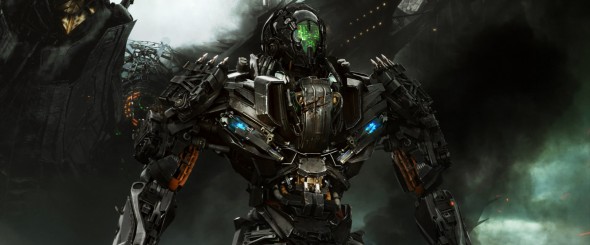
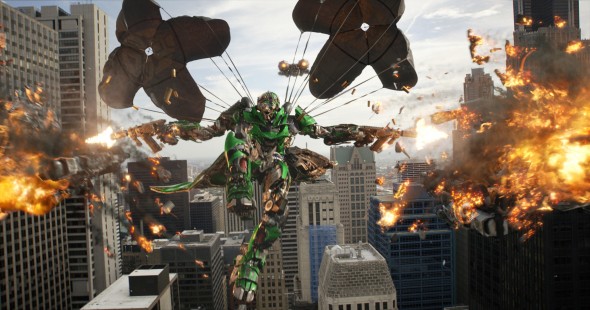
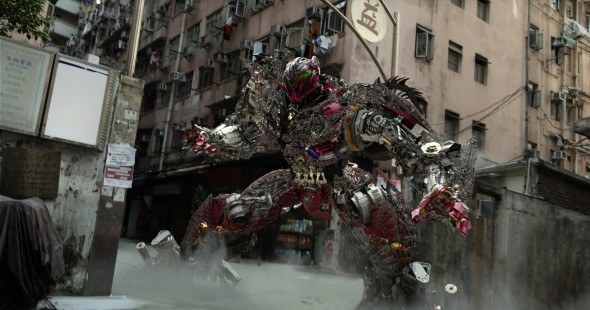
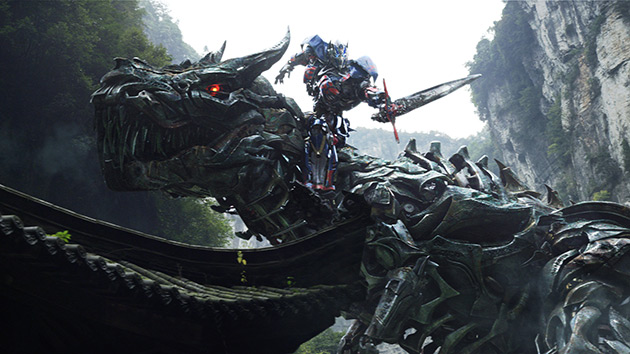










Leave a Reply